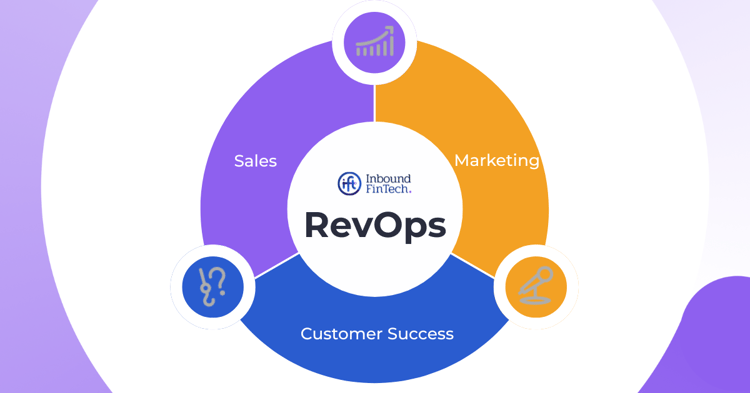In today’s dynamic work environment, fostering a business learning culture is essential for any organization that wants to thrive. Businesses that prioritize team learning not only stay competitive but also attract and retain top talent, empowering their teams to grow professionally and personally. Creating a culture of learning isn’t just about offering courses; it’s about weaving continuous improvement, curiosity, and growth into the very fabric of your organization.
Why Business Learning Matters
Every successful organization understands that its most valuable asset is its people. When employees have the opportunity to learn and develop, they become more adaptable, motivated, and innovative. This business learning culture keeps the organization agile, ready to face new challenges, and poised to seize emerging opportunities.
With constant advances in technology, shifting market demands, and evolving business models, organizations must be proactive. Companies that invest in team development strategies and encourage continuous learning will find themselves far better equipped to handle change, and their employees will be better prepared to contribute fresh ideas and innovative solutions.
Building a Learning Organization
To establish a thriving business learning culture, it’s essential to take a structured approach. Let’s explore key elements that form the foundation of a successful learning organization.
1. Define Core Learning Goals and Objectives
Before diving into specific programs, clarify what you want to achieve. Are you aiming to improve technical skills, enhance leadership capabilities, or broaden industry knowledge? Identifying these objectives will help you develop targeted team development strategies that align with your organizational goals. When employees understand the “why” behind learning initiatives, they’re more likely to feel engaged and committed.
2. Offer Diverse Learning Opportunities
Learning is not a one-size-fits-all endeavor. Employees have unique preferences, strengths, and career aspirations, so offer a variety of learning formats to meet different needs. Formal courses, workshops, mentorship programs, and online learning platforms all contribute to building a well-rounded learning organization.
Remember that real growth often happens through hands-on experience. Encourage team members to take on new projects, roles, or responsibilities, even if they’re a bit outside their comfort zones. This kind of experiential learning can deepen skills and build confidence, promoting long-term development.
3. Encourage Knowledge Sharing and Collaboration
A culture of learning flourishes when knowledge flows freely. Encourage employees to share their insights, skills, and lessons learned with one another. Knowledge sharing sessions, lunch-and-learn meetings, or team workshops can break down silos and promote a sense of unity and collaboration.
When employees see that their growth is valued, they’re more likely to embrace the business learning culture and participate actively. The organization, in turn, benefits from the cross-pollination of ideas, where one team’s insights can spark innovative solutions in another.
4. Recognize and Reward Learning Efforts
Acknowledging employees’ learning achievements is a powerful way to foster motivation and commitment. Celebrate both small and large accomplishments, whether someone completes a new certification, presents an insightful workshop, or mentors a teammate. Recognizing these efforts not only boosts morale but also reinforces the importance of learning within the organization.
To build a strong learning organization, rewards don’t always need to be financial. Simple acknowledgments, like public recognition or providing opportunities for further growth, can be equally effective. This reinforces the message that empowering employees through learning is central to your organization’s values.
Empowering Employees Through Learning
One of the most important outcomes of a strong business learning culture is the empowerment of employees. Empowered employees are confident, resilient, and engaged. They take ownership of their roles and are more willing to tackle challenges and innovate. Learning equips them with the tools they need to make informed decisions, solve problems, and contribute meaningfully to the organization’s goals.
When leaders emphasize empowering employees through learning, they demonstrate trust in their teams. This trust enables employees to feel more comfortable taking risks and exploring new ideas. As they grow, they bring a heightened sense of responsibility, adaptability, and creativity to their work, which fuels overall organizational success.
Strategies to Make Learning Part of Daily Operations
Embedding learning into daily operations is key to creating a sustainable business learning culture. Here are some practical team development strategies that can make learning an integral part of your workplace:
- Make Learning Accessible and Regular: Schedule short, regular sessions that make it easy for employees to participate. Whether it’s a weekly skills refresher, monthly workshop, or access to an online learning platform, regular opportunities for learning make it part of the workday.
- Encourage Self-Directed Learning: Allow employees some flexibility in choosing what they learn. By giving them control over their development, you foster a sense of ownership and enthusiasm for the learning journey. Encourage them to explore topics that interest them and align with their career goals.
- Integrate Learning into Project Work: Projects offer excellent learning opportunities, as employees encounter real challenges and solutions in action. Encourage them to tackle projects that may require new skills or insights, allowing them to grow within the context of their everyday responsibilities.
- Provide Feedback and Coaching: Constructive feedback and guidance from managers play a crucial role in the learning process. Coaching sessions or one-on-one meetings offer employees a safe space to discuss their learning goals, challenges, and progress. Effective feedback helps employees identify strengths and areas for improvement.
The Long-Term Impact of a Learning Culture
When you invest in a business learning culture, the long-term benefits are profound. Employees not only enhance their skills and knowledge but also develop a growth mindset, which is invaluable in today’s evolving business landscape. Organizations that embrace team development strategies find their teams are better equipped to handle challenges, seize new opportunities, and keep pace with industry changes.
Moreover, building a learning organization attracts forward-thinking individuals who are driven by development and growth. A reputation for empowering employees and fostering continuous learning can make your organization a magnet for top talent, providing a competitive edge in the market.
A culture of learning becomes a self-sustaining cycle of growth and success. When employees feel valued and encouraged to learn, they are more likely to contribute their best ideas, remain loyal, and drive the company forward. Over time, this commitment to learning establishes an organization as a leader in its field, setting a high standard for industry innovation and excellence.
Conclusion
Cultivating a business learning culture is not only a smart strategy but an essential one for any organization that wants to remain resilient and competitive. By focusing on team development strategies and empowering employees through learning, you create a dynamic environment where growth is part of the company DNA.
Building a learning organization takes commitment, but the rewards—both for your team and the business as a whole—are worth every effort. So, inspire your team to embrace lifelong learning, and watch as your organization thrives, adapts, and leads the way in innovation.



More Stories
Why Business Learning is Key to Staying Ahead
How Business Learning Helps You Adapt and Thrive
The Role of Business Learning in Innovation